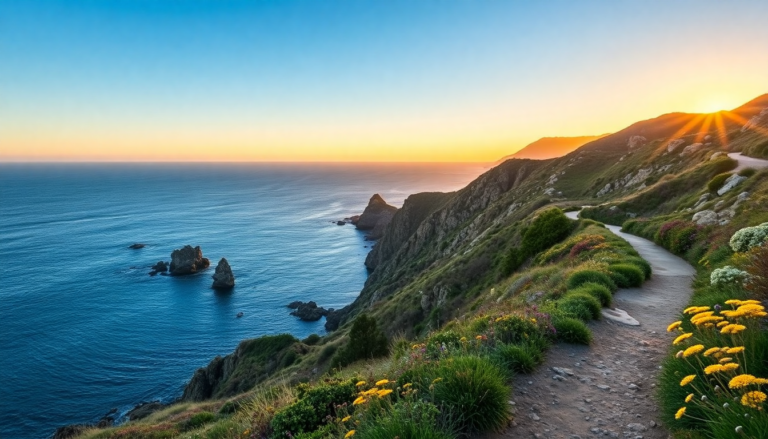Argomenti trattati
Big Sur, renowned for its breathtaking coastal views and rugged landscapes, is a gem for travelers seeking adventure. However, accessing this stunning destination requires some knowledge of current road conditions and travel guidelines. Recent developments have improved access to both the northern and southern segments of Big Sur, making it easier for visitors to enjoy this iconic Californian landscape.
Accessing northern Big Sur
Travelers heading to northern Big Sur will be relieved to know that the area is once again accessible. The portion of Highway 1, previously closed due to the Rocky Creek slip-out, is now open, allowing visitors to reach local hotels, restaurants, and businesses without hassle. A newly installed 24/7 traffic light manages one-way alternating traffic, ensuring a smoother flow for vehicles traveling in both directions. This improvement not only enhances accessibility but also promotes safety for all who venture into this picturesque region.
Exploring southern Big Sur
For those planning to visit the southern part of Big Sur, including the popular Treebones Resort and Gorda Springs Resort, access is currently available via Highway 1. Travelers can navigate north through San Luis Obispo County. As of late June, Highway 1 at Paul’s Slide has reopened, extending the southern turnaround point further north. However, it’s important to note that a 6.8-mile stretch of Highway 1 remains closed due to ongoing repairs at Regent’s Slide, so access from northern to southern Big Sur is not yet fully operational. It’s advisable to check current road conditions before setting out on your journey.
Staying informed and safe
To stay updated on real-time travel conditions, travelers are encouraged to follow official channels for the latest information. Utilizing apps like See Monterey can also help find alternative accommodations and activities if plans are affected by weather or other unforeseen circumstances. It’s wise to contact your hotel, restaurant, or tour provider beforehand to confirm their operational hours and any specific guidelines they may have in place.
Respecting the environment
When visiting Big Sur, it’s essential to practice respect and patience towards the local community and the dedicated teams working to maintain the area. Parking regulations should be strictly followed, particularly along Old Coast Road at Bixby Bridge, which has been designated as a No Parking Zone. Violators may incur fines, so it’s best to plan your parking in advance. Additionally, parts of Los Padres National Forest are closed for storm damage repairs, and any violations can result in hefty fines. Always consult the U.S. Forest Service for the most current information regarding closures.
Fire safety and responsible travel
As wildfires are a concern in California, particularly in forested areas, visitors should adhere to all fire regulations. This includes only lighting fires in designated areas, properly disposing of cigarettes, and being mindful of campfire restrictions. It’s prudent for travelers to have an emergency plan in place and to heed any evacuation orders if necessary. Responsible travel is key to ensuring that the beauty of Big Sur can be enjoyed for generations to come.
Final thoughts
Big Sur offers an unparalleled natural escape, but accessing its wonders requires a bit of planning and awareness. By staying informed about road conditions, respecting local regulations, and practicing safety, visitors can make the most of their trip while preserving the beauty of this iconic destination. So pack your bags, hit the road, and prepare for an unforgettable experience amidst the stunning landscapes of Big Sur.

